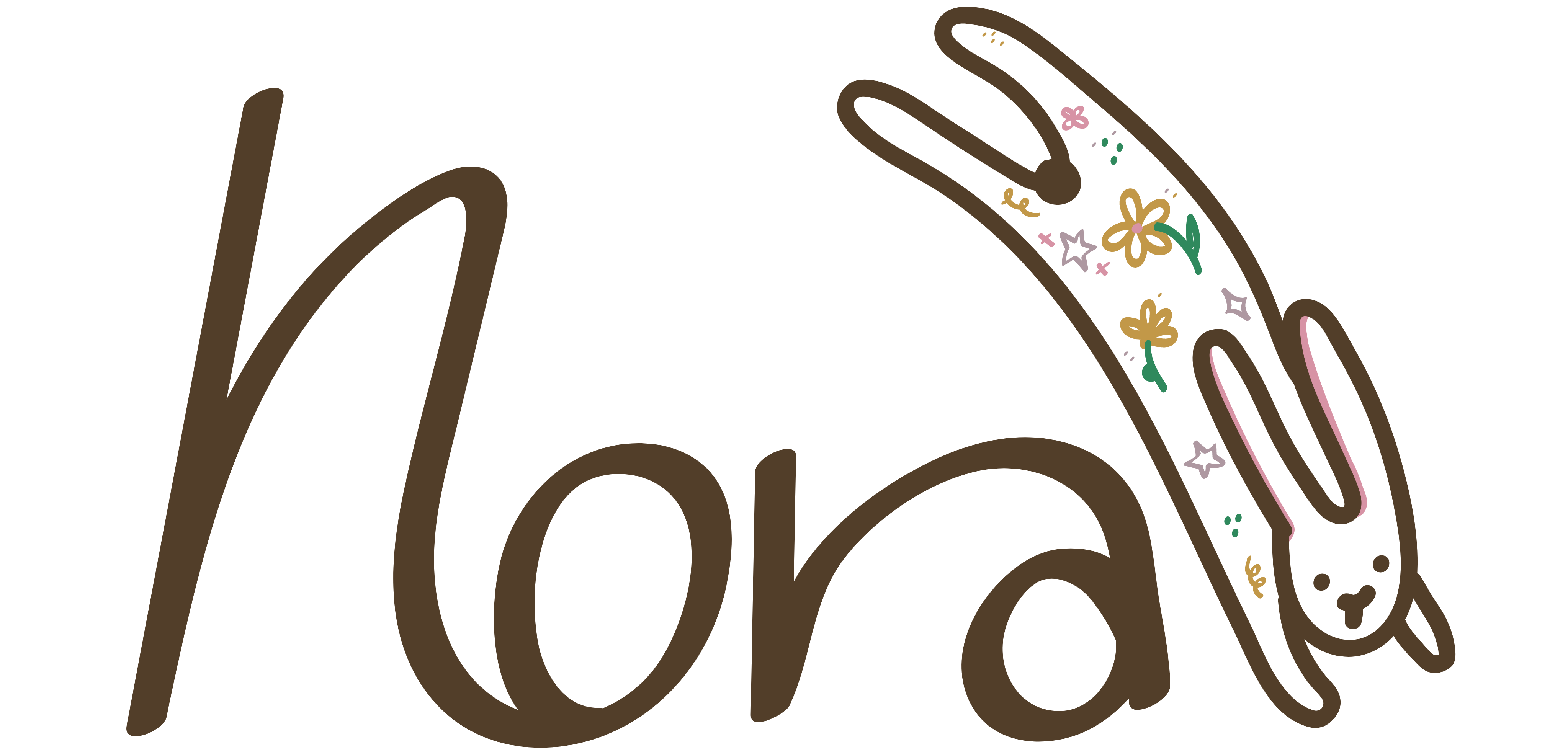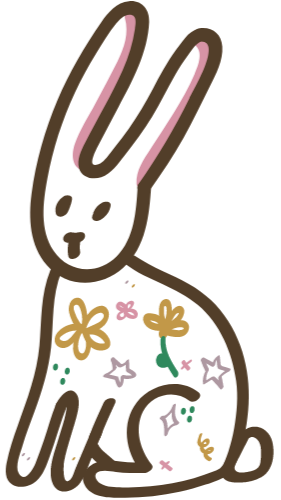You’ve set up your professional email system (if you missed that post, check it out here). Now it’s time to tackle the backbone of your business: your task management system.
Your Brain Was Made for Ideas, Not Storage
We juggle client deadlines, content schedules, and business admin through sheer willpower and memory. But the truth is, your brain is a terrible task manager.
Not because your brain isn’t brilliant (it absolutely is), but because it wasn’t designed to store dozens of to-dos with varying deadlines, priorities, and dependencies. Your brain was built for creative problem-solving and idea generation, not for remembering when to schedule that Instagram post or follow up with that potential collaboration.
When you force your brain to constantly remember tasks, you’re draining mental resources that could be better spent on what you do best: creating content that connects with your audience.
The Hidden Costs of Mental Task Management
Think about what happens when you rely solely on memory to manage your responsibilities:
- You wake up at 3 AM suddenly remembering that important email you forgot to send
- Mid-project, you realize you missed a critical first step and have to backtrack
- You consistently push back personal commitments because work tasks keep “surprising” you
- Your creative sessions get interrupted by random task-related thoughts
- You never feel fully present because your brain is constantly scanning for what might be forgotten
This isn’t just inefficient, it’s a recipe for creator burnout. You can’t sustain a content business when your mental bandwidth is consumed by task management rather than creation.
Why Your Task Manager Is Your Business Foundation
A good task management system is the central nervous system of your entire operation. With the right task manager in place:
- Nothing falls through the cracks. Every commitment, idea, and to-do has a dedicated home.
- Priorities become crystal clear. You can easily distinguish between what needs attention now versus later.
- Decision fatigue decreases. Your system tells you what to focus on next, eliminating constant reprioritization.
- Content planning becomes strategic. You can map out content pillars and series without overwhelm.
- Collaboration becomes seamless. When working with team members or clients, everyone knows who’s responsible for what.
- Content creation becomes more consistent. Scheduled tasks drive regular publishing, not sporadic inspiration.
Choosing Your Perfect Task Management System
The best task manager isn’t necessarily the one with the fanciest features — it’s the one you’ll actually use consistently. Here are the key factors every creator should consider:
Accessibility
Key question: Can you easily capture tasks anywhere, anytime?
As creators, ideas and to-dos don’t just strike when we’re at our desks. Maybe you think of the perfect YouTube thumbnail concept while in line for coffee, or remember a client deliverable while on your evening walk.
Your task manager needs to be accessible via both mobile and desktop with seamless syncing (and ideally offline mode). The friction between having a thought and capturing it should be minimal — otherwise, you’ll default back to unreliable mental storage.
Visual Organization
Key question: Does the layout match how your brain works?
Some thrive with linear lists, while others need visual kanban boards to map their content pipeline from “idea” to “published”. Others prefer calendar views that show tasks in real time. Be honest about your visual preferences. The task manager should feel intuitive to your particular style. If you’re constantly fighting the interface, you’ll eventually abandon the system.
Complexity Level
Key question: How much structure do you actually need right now?
Be realistic about your current business complexity. Solo creators with simple workflows might need less structure than someone managing multiple team members and diverse content channels.
Choose a system that can grow with you, but don’t over-engineer from the start. Too simple, and the system won’t support your ambitions; too complicated, and you’ll abandon it when deadlines loom.
Integration Capability
Key question: Will it talk to your other essential apps?
Your task manager doesn’t exist in isolation — it may need to connect with your email, calendar, and content creation tools. The ability to turn an email into a task, block time on your calendar for a project, or attach reference materials to a to-do can dramatically increase your efficiency.
Top Task Managers for Different Creator Types
After testing various systems with creators across different niches, these are my top recommendations:
For Visual Content Creators: Trello
Best for: YouTube creators, photographers, designers who think visually and move projects through defined stages
Standout features:
- Kanban boards that visually represent your content pipeline
- Power-ups for added functionality (calendar view, time tracking)
- Simple interface with drag-and-drop functionality
- Ability to attach visual references directly to cards
Limitations:
- Can become unwieldy for managing many different types of projects simultaneously
- Less robust for recurring tasks and detailed sub-tasks
For Multi-Channel Content Creators: Todoist
Best for: Creators managing content across multiple platforms with diverse task types
Standout features:
- Natural language input (“Post to Instagram every Tuesday at 10am”)
- Robust tagging and filtering to segment content tasks from admin tasks
- Priority levels to distinguish between must-do and nice-to-do content
- Clean design that minimizes overwhelm
Limitations:
- Limited visualization options for seeing your overall content pipeline
- Project hierarchy can feel constraining for some creative workflows
For Creator Teams: Asana
Best for: Content businesses with team members, freelancers, or complex multi-step production processes
Standout features:
- Multiple views (list, board, timeline) to see your content calendar from different angles
- Detailed subtasks for complex content projects (like course creation)
- Team assignments and collaborative features
- Automation for repeating content workflows
Limitations:
- Can feel overwhelming for solo creators or those with simple needs
- Higher learning curve and price point for full features
For All-In-One Creator Systems: Notion
Best for: Creators who want to combine task management with content planning, audience research, and business documentation
Standout features:
- Highly customizable for your specific content workflow
- Database functionality to track content ideas, audience feedback, and tasks in one place
- Template gallery with creator-specific setups
- Integration with your content knowledge base
Limitations:
- Steeper learning curve initially
- Requires more setup time to build your ideal system
- Can become overwhelming without clear structure
For Creators Who Think in Time Blocks: Sunsama
Best for: Creators who plan their content creation in dedicated time blocks rather than to-do lists
Standout features:
- Calendar integration to schedule specific time for content creation
- Daily planning workflow that prevents overwhelm
- Time estimates to gauge realistic content production capacity
- Integration with other task systems (Trello, Asana, etc.)
Limitations:
- Higher price point than other options
- Primarily focused on daily/weekly planning rather than long-term content strategy
Building Your Creator Task System
Whichever tool you choose, these core principles will help your task system support your content creation instead of becoming just another thing to manage:
1. Create a Capture System
Ideas and tasks will appear at the most inconvenient times. Establish a quick capture method that requires minimal effort — the easier it is to add tasks, the more likely you’ll use it consistently.
For content creators, I recommend setting up specific project areas for:
- Content ideas
- Post drafts
- Audience engagement tasks
- Business admin
- Client or sponsored work
2. Implement Regular Content Planning Reviews
Schedule weekly reviews to map out your content calendar, process ideas, and ensure nothing is slipping through the cracks. This is when you’ll decide what content to create, promote, and repurpose in the coming week.
Many successful creators do this on Monday morning, treating it as a non-negotiable appointment with their business.
3. Distinguish Between Content Projects and Tasks
A content project is a multi-step outcome (like “Launch Podcast”), while a task is a single action (“Record intro episode”). Breaking down your content projects into clear next actions makes the work feel manageable rather than overwhelming.
This is especially crucial for larger content assets like courses, ebooks, or video series that can otherwise feel too daunting to start.
4. Set Realistic Content Creation Deadlines
Be honest about how long content creation actually takes you. Reserve due dates for genuine deadlines (like sponsored content), not aspirational completion times for your own projects.
When everything feels “urgent,” nothing is truly prioritized — and you’ll quickly learn to ignore your own system.
5. Batch Similar Content Tasks
Group similar tasks together in your system — writing, filming, editing, promoting — so you can batch-process them during your peak creativity hours. This prevents the productivity drain of constant context-switching.
My Personal Creator Task Management Evolution
When I first started creating content, I tried managing everything with haphazard Notion pages. As my channels grew, I’d frequently miss important steps in my publishing workflow or forget content commitments entirely.
The turning point came when I lost a potential brand partnership because I forgot to follow up after our initial call — a $4,000 mistake that convinced me it was time for a proper system.
After experimenting with several tools, I settled on Notion + Sunsama because it allows me to:
- Map my entire content pipeline visually
- Break down complex content projects into manageable steps
- Track content performance alongside my task list
- Integrate with my other business tools
- Scale as my team and content offerings grow
The relief of having a reliable system has been transformative. Not only do I publish more consistently, but the quality of my content has improved because my creative energy isn’t being drained by administrative chaos.
Getting Started: Your Creator Task System
If you’re currently managing your content business in your head (or across scattered sticky notes), here’s how to transition to a proper system:
- Choose one tool from the recommendations above based on your content creation style
- Start simple — set up just your main content categories initially
- Do a brain dump of all current projects, content ideas, and commitments
- Create basic workflows that match your content creation process
- Establish a daily content review habit to check progress and adjust priorities
Remember, the goal isn’t perfect task management — it’s freeing your creative brain from the burden of remembering so you can focus on what you do best: creating amazing content.
Your creator business deserves a solid operational foundation. By implementing a proper task management system, you’re creating the infrastructure that will support your creative growth for years to come.
Your task manager isn’t broken — your system is incomplete.
Inside Creator Systems HQ, you’ll learn how to build a real backend for your business:
→ Content pipelines that don’t fall apart
→ Task and project management that fits you
→ Systems for tracking, planning, and scaling with clarity
💡 If you’re tired of duct-taping tools together and hoping it works, this space is for you.
Join Creator Systems HQ and get instant access to workshops, templates, and a private support community.

